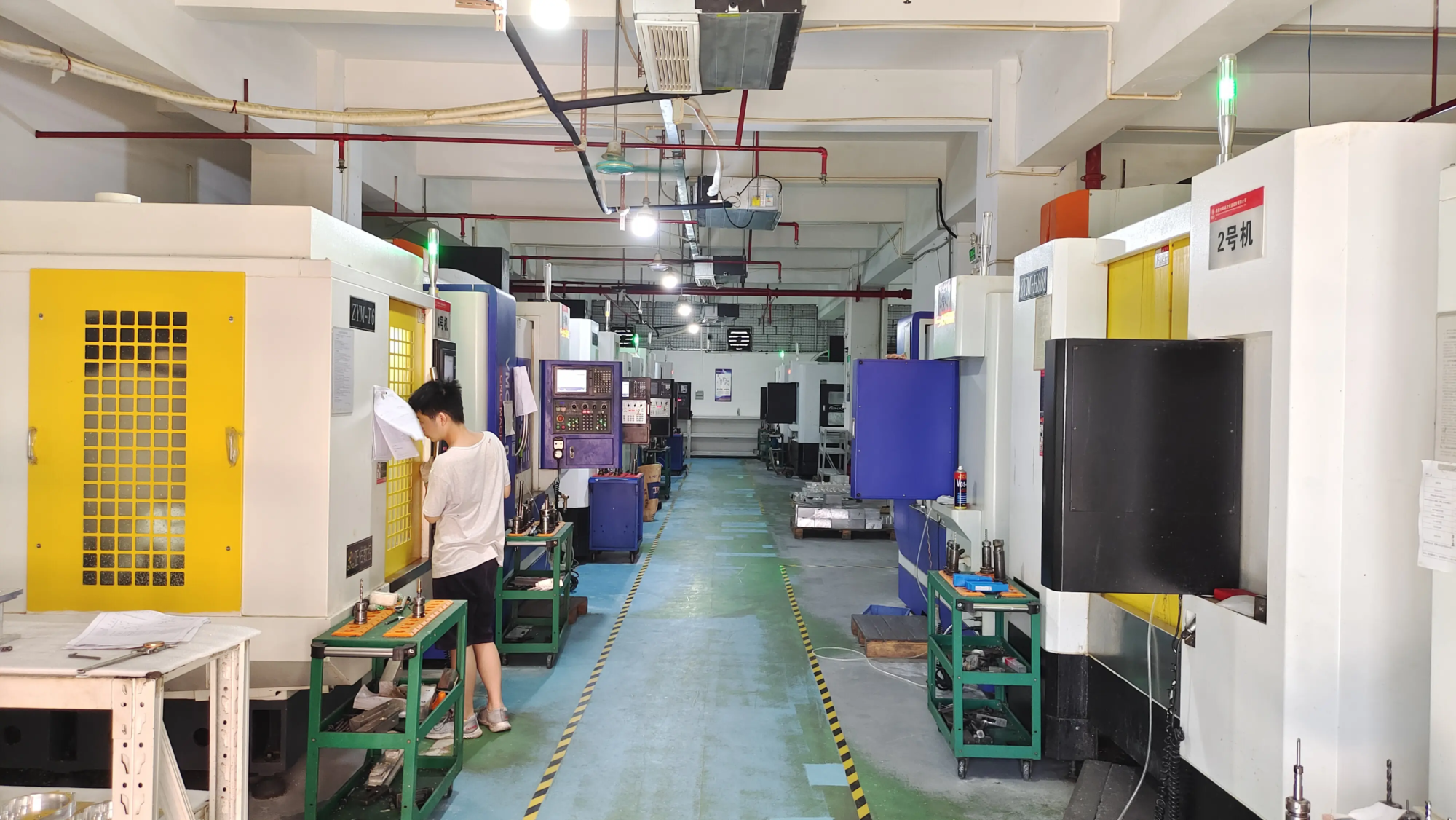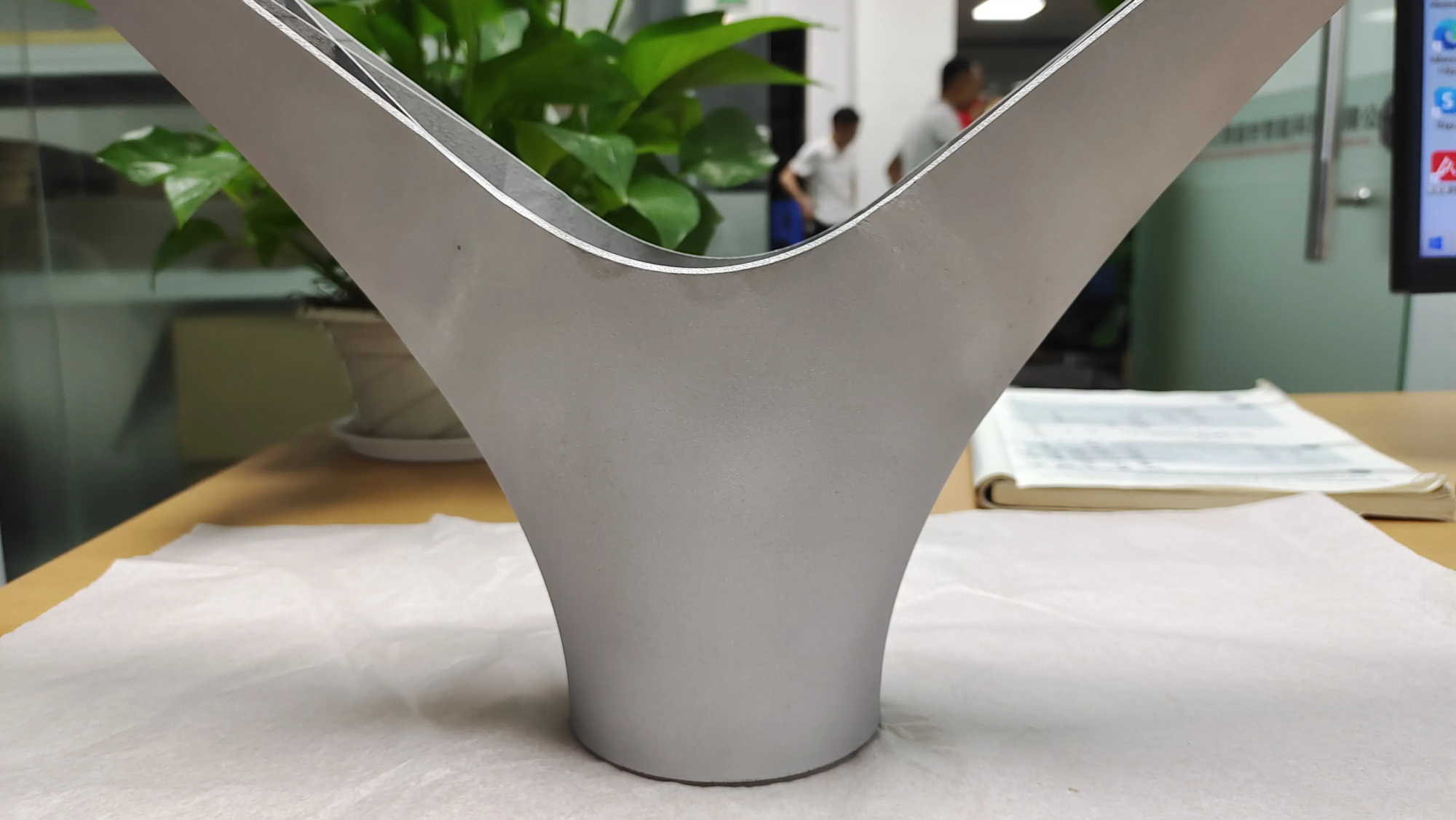3D Printing with Warp Speed: Unleashing Efficiency with Speed Loader (Speed Loader 101)
In the competitive world of manufacturing and rapid prototyping, time is the ultimate currency. Whether you’re iterating on a critical design for aerospace or producing fixtures for the medical field, reducing print time without sacrificing quality is the holy grail. that’s there fast loader Enter – an often overlooked but transformative tool in the 3D printing toolkit, especially in the world of metal additive manufacturing (AM). At GreatLight, leveraging technologies like Selective Laser Melting (SLM), we know that true speed doesn’t just depend on the printer itself; It’s about optimizing the entire workflow. This guide takes an in-depth look at how fast loaders can dramatically improve throughput and efficiency.
What exactly is a speed loader?
Basically, a fast loader is a device or system designed to quickly and reliably deliver fresh print material (polymer filament, or more importantly metal powder) to the print chamber period Building process. Unlike traditional methods that require a complete build cycle before replenishing materials or switching ingredients, speed loaders can automate and significantly speed up the material handling phase.
think of it as a "Quick change magazine" for your 3D printer. For powder-based systems, such as the advanced industrial SLM printers used by GreatLight, it specifically allows:
- Continuous powder feeding: Feed new powder into the dispenser hopper without pausing, cooling, opening the chamber or interrupting the build.
- Material switching: Efficiently swap out different metal powders or mixtures during long print runs to achieve functionally graded materials or multi-material parts within a single build envelope.
- High-volume build management: Supports large-scale builds that require much more material than a single dispenser hopper can hold.
Why use a speed loader? undeniable benefits
Implementing a fast loading system brings significant benefits that extend far beyond raw printing speed:
- Machine downtime is significantly reduced: The most important victory. Keep your high-value SLM printers running by eliminating lengthy manual shims between builds or even during very long builds. Downtime that once took hours or even a day is now minutes.
- Maximize machine utilization: By reducing non-productive time associated with powder handling, the actual print time ratio (uptime) is significantly increased. This directly means a higher return on investment for expensive industrial additive manufacturing equipment.
- Improve process consistency and quality: Automated, controlled feeding minimizes human intervention, reduces the risk of powder contamination, and ensures consistent powder flow characteristics, which are critical for repeatable, high-integrity metallurgical results in SLM.
- Enhance operator safety: Handling fine metal powders requires strict safety protocols (inert atmosphere, PPE). Speed loaders minimize operator exposure by automating transfers within a closed system.
- Unlock complex geometry and material combinations: Helps produce large, complex parts that require large amounts of material or parts designed with intentional material gradients (for example, different hardness or thermal properties in specific areas).
- Simplify powder lifecycle management: Integrated systems can facilitate powder screening and recycling directly related to the printing process, thereby increasing efficiency and material yield.
Integrating fast loaders into metal additive manufacturing workflows (especially SLM)
Effective implementation of fast loaders requires thoughtful integration, especially with sensitive metal powder SLM processes. Here’s GreatLight’s solution:
- System compatibility: A speed loader must be carefully designed to integrate seamlessly with a specific SLM printer model, its vacuum/inert gas system, and powder handling mechanisms. Compatibility with specialty alloys is critical.
- Closed and controlled environment: For reactive metal powders (titanium, aluminum), maintaining a pure inert atmosphere (such as argon or nitrogen) cannot be ignored. Quick loader connections must use high-integrity seals and valves to maintain this sealed environment throughout the filling or material exchange process.
- Powder flow and metering: Precise powder dosing is crucial. The system requires reliable mechanisms (vibrating feeders, screw conveyors) to deliver precise amounts of powder at a controlled flow rate, preventing fluctuations or blockages that affect layer uniformity.
- Powder degradation prevention: Gentle handling is key to avoid changing powder morphology (particle shape, size distribution). Abrasion or excessive compaction during transportation must be minimized.
- Smart software integration: Printer software is needed to control the loader – initiating refills based on hopper levels, managing material changes based on the build schedule, and recording powder usage data. At GreatLight, our expertise lies in fine-tuning this integration to achieve optimal performance with our fleet of SLM machines.
- Hygiene and prevention of cross-contamination: Strict protocols for cleaning loaders during material changeovers are critical. Purification cycles and internal cleaning mechanisms are often integrated features.
Meeting the Challenge: Proactive Solutions
No technology is without barriers. Key challenges we prioritize for fast loaders and solutions:
- Initial investment: Speed loader systems represent a significant capital expenditure.
- Solution: A thorough ROI calculation demonstrates that reduced downtime, increased production and labor savings justify the cost. Consider leasing or strategic financing. At GreatLight, this is part of our process investment for the benefit of our clients.
- Complexity and Maintenance: Adds another layer of mechanical complexity.
- Solution: Work with a reputable vendor with a strong support and maintenance plan. Ensure rigorous operator training. We incorporate preventative maintenance into our machine protocols.
- Risk of powder clogging/handling issues: Powder flow problems can halt production.
- Solution: Utilize powders with excellent flow characteristics, maintain optimal atmospheric conditions (low humidity), design loaders with smooth surfaces, preventive maintenance programs, and potential for integrated vibration.
- Calibration and integration stability: Precise calibration and stable integration are required.
- Solution: Dedicated expert technicians are responsible for installation, calibration and ongoing monitoring. Leveraging manufacturer support and deep in-house additive manufacturing process knowledge is a core strength of GreatLight.
Tangible Impact: Unleashing Efficiency
Imagine using Ti6Al4V powder to produce a series of complex aerospace brackets. Without the speed loader, each build could take 30 hours, but requires 4 hours of operating time for cooling, chamber ventilation, safe powder extraction/refill, and chamber repair (purge, vacuum, inert gas). That’s 34 hours per part cycle.
With a properly integrated quick loader, powder refill can be completed seamlessly in under 10 minutes while the machine remains inert, shaving multiple Hour Close downtime. Additionally, with continuous powder filling, multiple scaffold sets may be nested within the same build chamber. This dramatically increases the number of parts produced per machine per week, speeding up time to market and improving cost-per-part metrics.
in conclusion
Speed loaders are more than just a convenient accessory; they are strategic productivity multipliers for serious industrial 3D printing, especially in the field of metal additive manufacturing using processes like SLM. By intelligently automating critical bottlenecks in material supply, they can significantly improve machine uptime, operational efficiency, throughput, and ultimately competitive advantage.
At GreatLight, as a leader in rapid prototyping and precision metal additive manufacturing solutions, we recognize that true innovation lies in optimization all Manufacturing ecosystem. Our investment in advanced SLM technology is combined with a commitment to integrating best-in-class assistance systems such as speed loaders. With our extensive expertise in materials science, rigorous post-processing (machining, heat treatment, surface finishing) and relentless focus on quality, we not only deliver parts, but accelerated solutions. When you need to produce high-performance metal prototypes or production parts faster and more efficiently, harnessing the power of optimized workflows is key. Discover how GreatLight’s technology capabilities can transform your lead times and product development cycles.
FAQ: Speed Loaders and 3D Printing
-
Do fast loaders really make lasers melt powder faster?
- Won’t. The fast loader does not directly increase the melt pool formation speed. Its main function is to significantly reduce downtime Related to powder replenishment and material changes between build or period Very long build. it got the printer building more frequently.
-
Are speed loaders only for industrial machines?
- Mainly, yes. Desktop FDM/FFF printers sometimes have automatic spool changers or large external spools, which are the basic form. Designed to seamlessly operate and handle metal powders in an inert atmosphere, truly advanced speed loaders are complex, expensive systems commonly found on high-end industrial SLM, SLS or binder jet machines.
-
Can a fast loader improve print quality?
- Yes, indirectly by promoting consistency. By minimizing manual powder handling, they reduce the risk of contamination and fluctuations in powder properties caused by different operators or handling changes. Consistent powder supply makes melt pool and part performance more predictable and repeatable.
-
Can I use any metal powder on the speed loader?
- The loader must be compatible with the flow properties of the specific powder. Difficult powders may require loader customization or specialized handling features. Compatibility with reactive materials requires maintenance of an inert atmosphere. Always verify compatibility with loader manufacturers and AM service providers such as GreatLight.
-
Are speed loaders risky? Will they contaminate my powder or cause clogging?
- There is potential if not designed, implemented and maintained correctly. Risks include powder degradation, cross-contamination during material changeover, or clogging. Mitigation measures include robust design, use of high-flow powders wherever possible, rigorous cleaning regimens, pre-use powder screening, preventive maintenance and expert operations. GreatLight mitigates these issues through strict process controls.
-
How big are the cost savings?
- The scale savings are significant. The main savings come from:
- Reduce labor costs associated with manual filling.
- Reduce machine downtime (industrial additive manufacturing is very costly).
- Increased throughput (more parts per week/month).
- Increase material yield (reduce contamination losses).
While loaders are an investment, ROI is often achieved through significant increases in asset utilization and production.
- The scale savings are significant. The main savings come from:
- Does GreatLight use speed loaders in its production process?
- Absolutely. As part of our commitment to providing the fastest, most efficient rapid prototyping and production services for precision metal parts, GreatLight strategically utilizes fast-loading technology integrated with our advanced SLM printers. This allows us to deliver high quality custom metal components with significantly reduced lead times, maximizing efficiency on client requested projects. Discover how we can accelerate your development.





